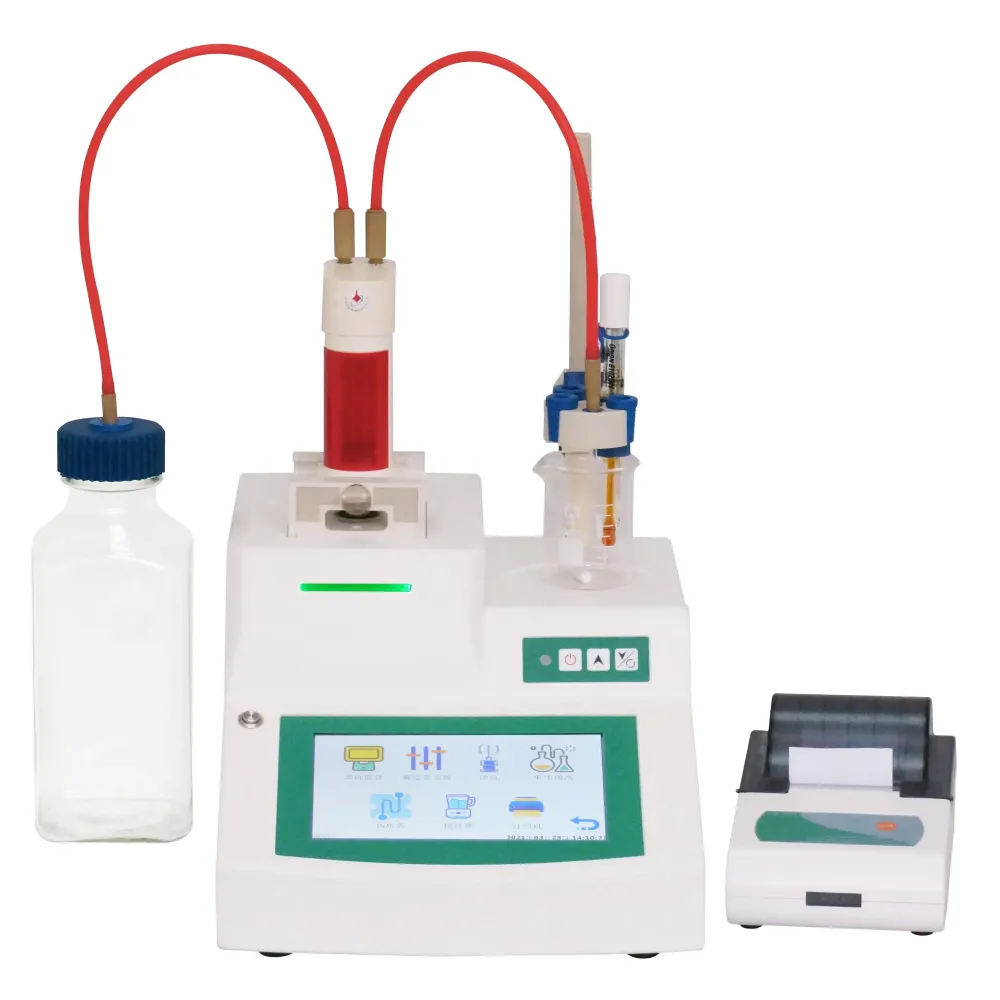 English
English


Power Quality Assessment and Improvement Strategies for Electrical Systems
Power Quality Analysis Ensuring Reliable Electrical Systems
In today’s technologically advanced world, the reliability and stability of electrical systems are paramount. Power quality (PQ) analysis is a critical aspect of electrical engineering that examines the voltage, current, and frequency of electrical power to ensure that it meets the required standards for efficient performance. Poor power quality can lead to equipment failures, increased operational costs, and compromised safety, making it essential for industries to invest in comprehensive power quality assessments.
At its core, power quality refers to the characteristics of the electrical power that enable electrical equipment to operate effectively without interruption or damage. It encompasses various parameters, including voltage sags, swells, interruptions, harmonics, and flickers. Each of these factors can adversely affect equipment performance, leading to costly downtime and maintenance.
Voltage sags, which are short-duration decreases in voltage, can occur due to high demands on the electrical system or the starting of large motors. These sags can cause sensitive electronic devices to malfunction, leading to production losses in manufacturing environments. Conversely, voltage swells are momentary increases in voltage that can also damage equipment, particularly those not designed to handle such fluctuations.
Harmonics, caused by non-linear loads such as computers and fluorescent lighting, distort the current waveform, creating inefficiencies and potential overheating of electrical components. These distortions can reduce the lifespan of equipment and increase energy consumption, which translates to higher operating costs. Therefore, monitoring and mitigating harmonic distortion is a crucial aspect of power quality management.
power quality analysis

Flicker, which refers to the variations in voltage that can cause noticeable fluctuations in lighting, may not seem severe, but it can significantly impact worker productivity and comfort. Industries must consider these subtle yet influential factors as part of their overall power quality strategy.
To perform effective power quality analysis, tools such as power quality analyzers and data loggers are employed to monitor and measure the various electrical parameters continuously. These devices help identify issues in real-time, enabling prompt corrective actions. Additionally, software solutions are available for data analysis, allowing engineers to visualize trends and predict potential problems before they escalate.
Implementing solutions based on power quality analysis involves a multi-faceted approach. It can include the installation of power conditioners, voltage regulators, and filters to eliminate harmonics and manage voltage levels. Furthermore, conducting regular power audits can help organizations maintain a proactive stance on power quality, ensuring that any deviations are addressed before they lead to serious consequences.
In summary, power quality analysis is an essential practice in maintaining the integrity of electrical systems. By assessing and addressing issues related to voltage, current, and frequency, industries can safeguard their equipment, reduce operational costs, and enhance overall reliability. As technology continues to evolve, the importance of mitigating power quality issues will only grow, making ongoing analysis and management critical for modern electrical infrastructures. Investing in power quality solutions not only protects assets but also promotes efficiency and sustainability in energy use, paving the way for a more robust and resilient future.
-
Differences between open cup flash point tester and closed cup flash point testerNewsOct.31,2024
-
The Reliable Load Tap ChangerNewsOct.23,2024
-
The Essential Guide to Hipot TestersNewsOct.23,2024
-
The Digital Insulation TesterNewsOct.23,2024
-
The Best Earth Loop Impedance Tester for SaleNewsOct.23,2024
-
Tan Delta Tester--The Essential Tool for Electrical Insulation TestingNewsOct.23,2024





